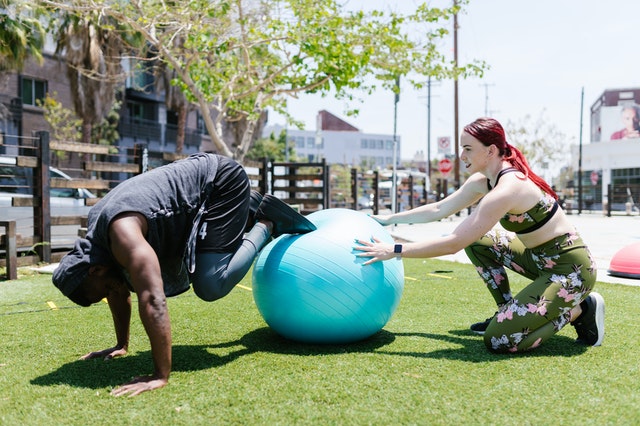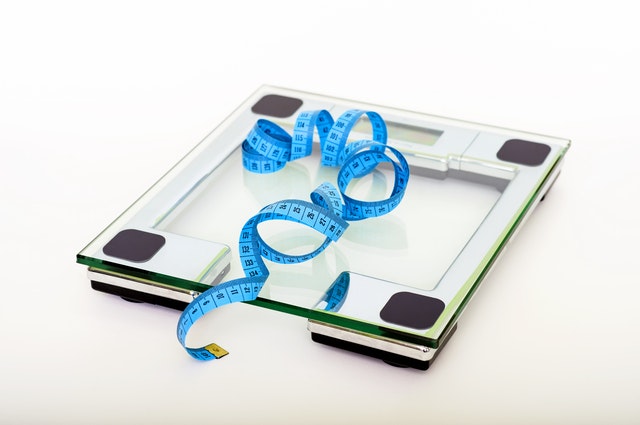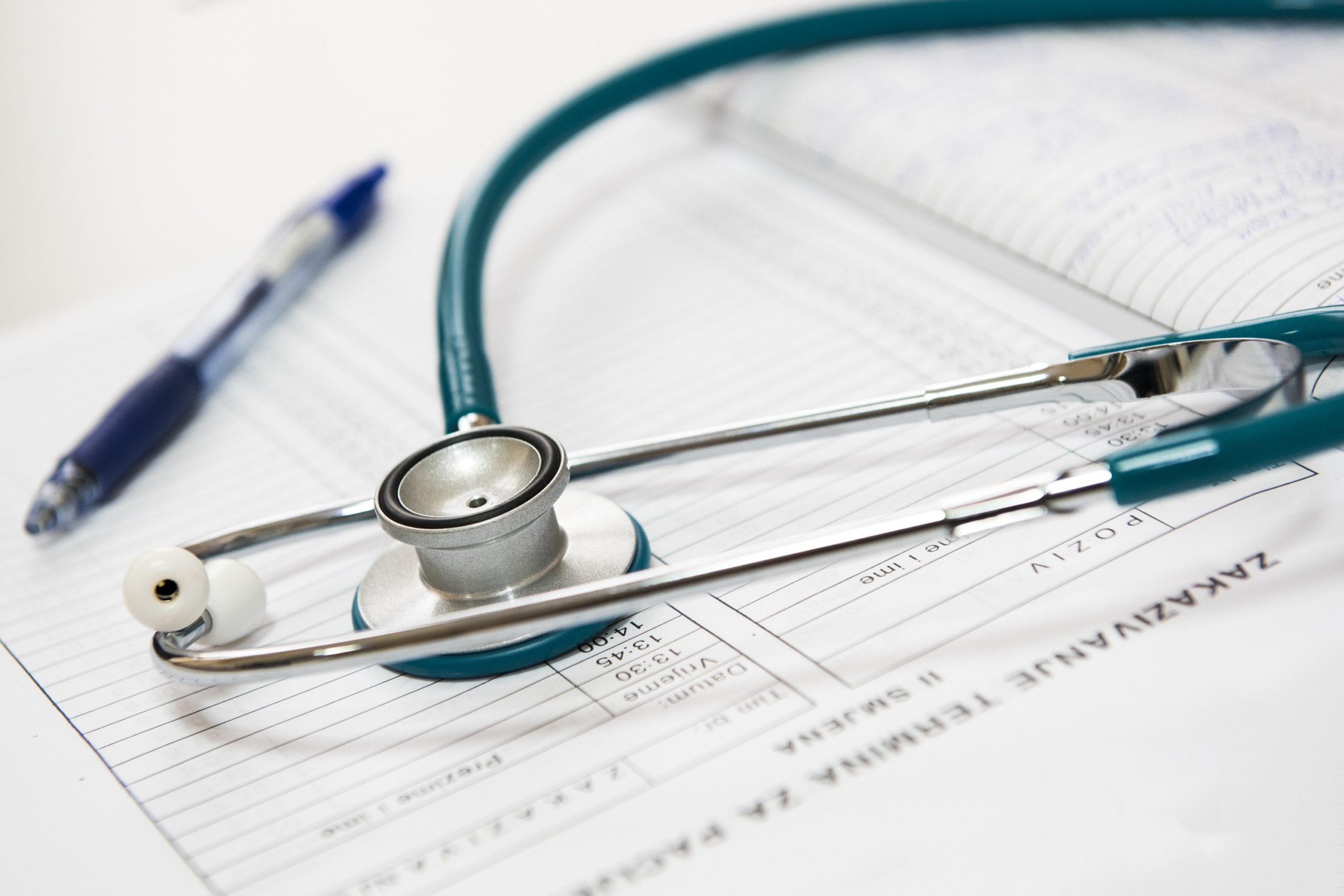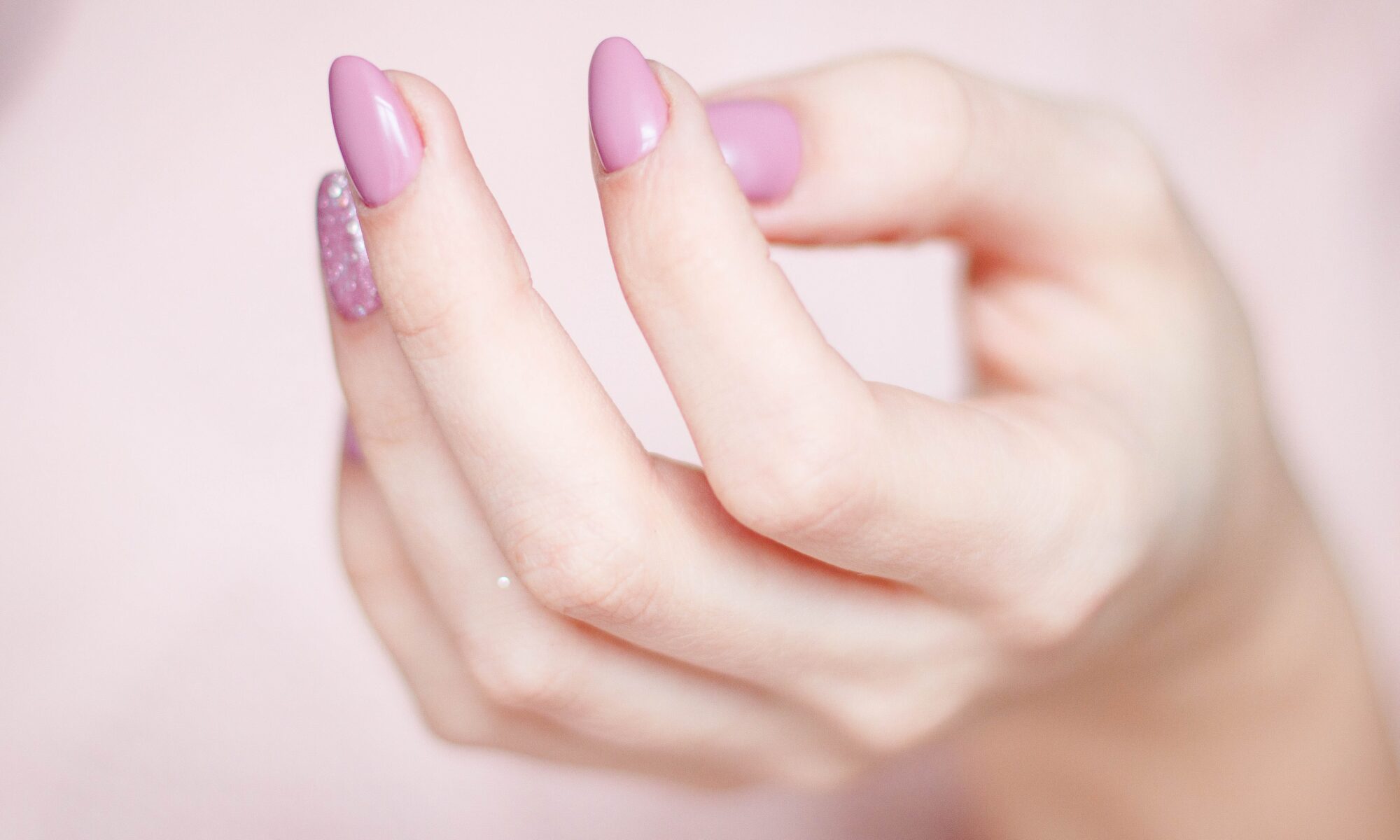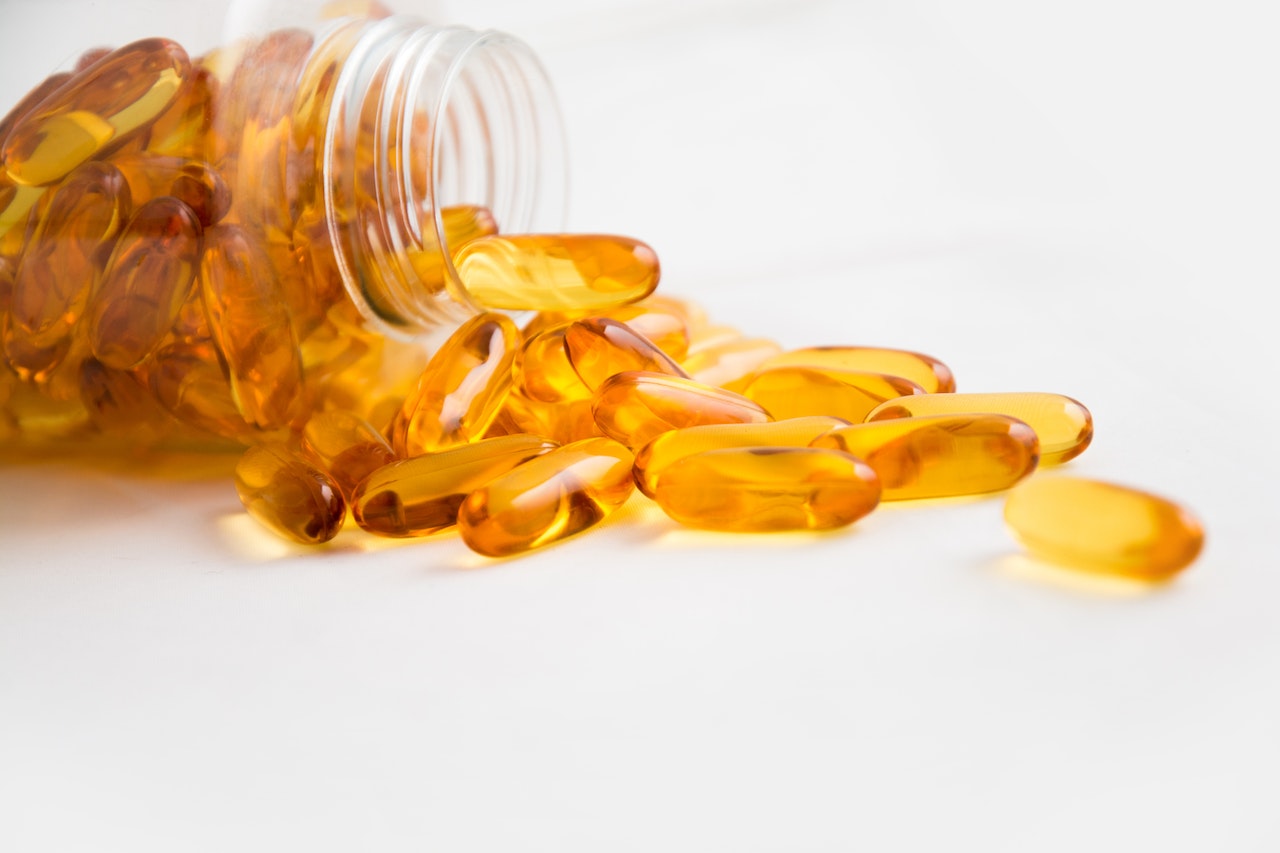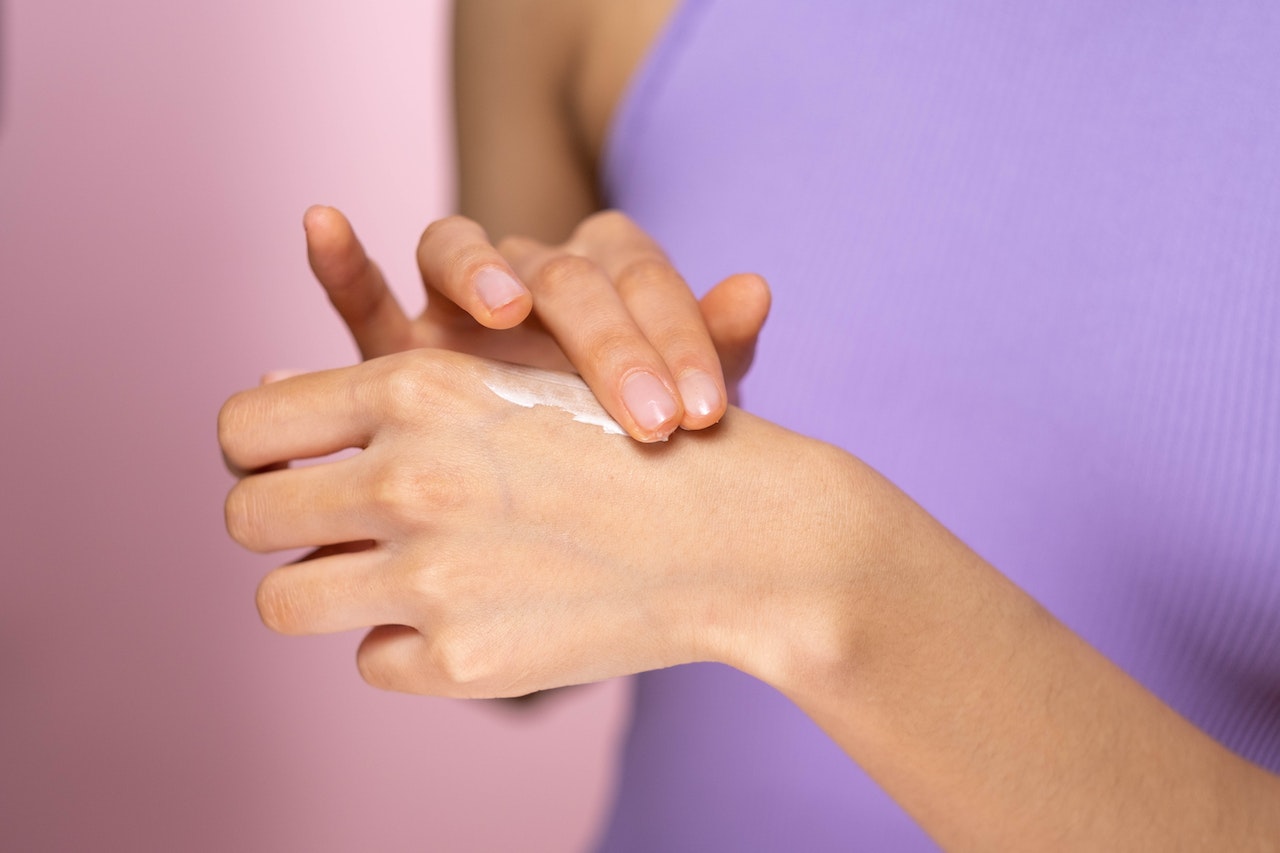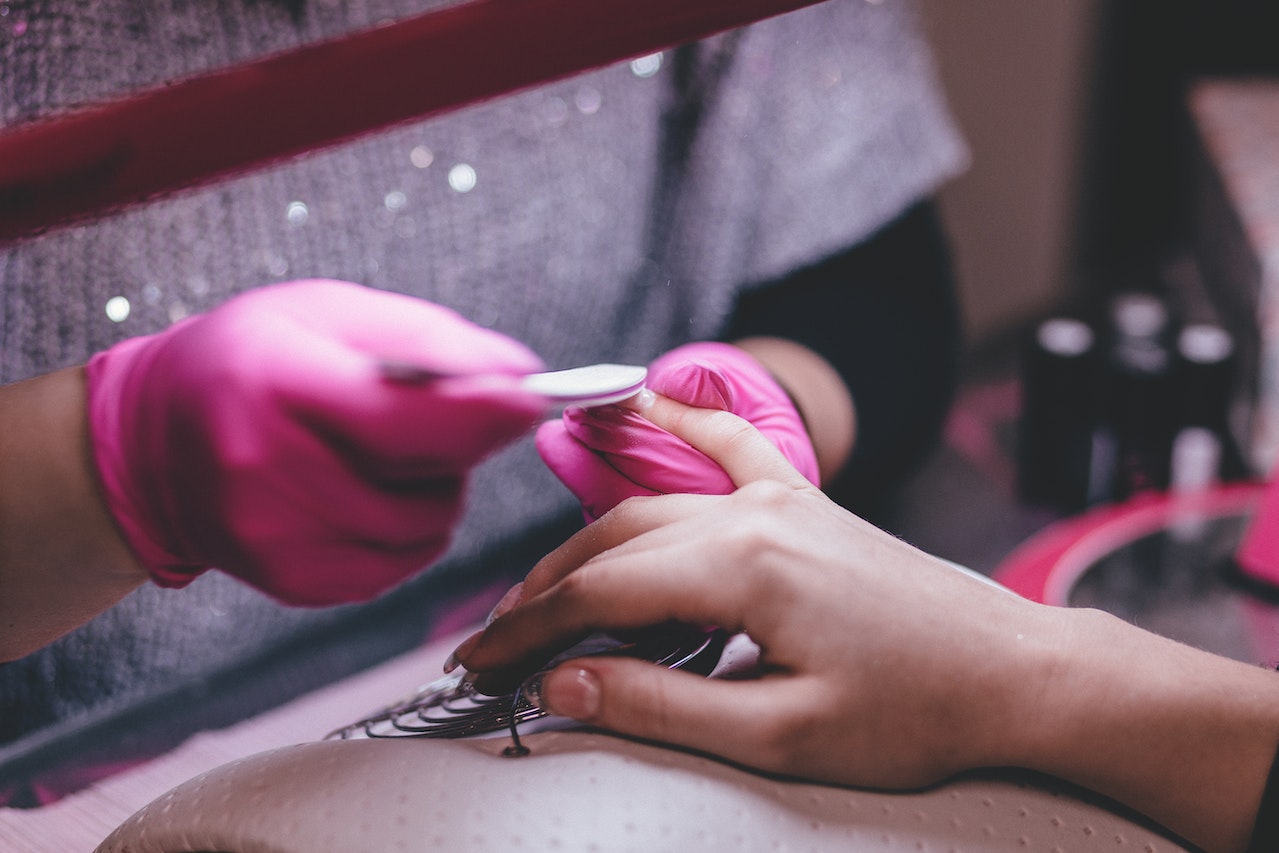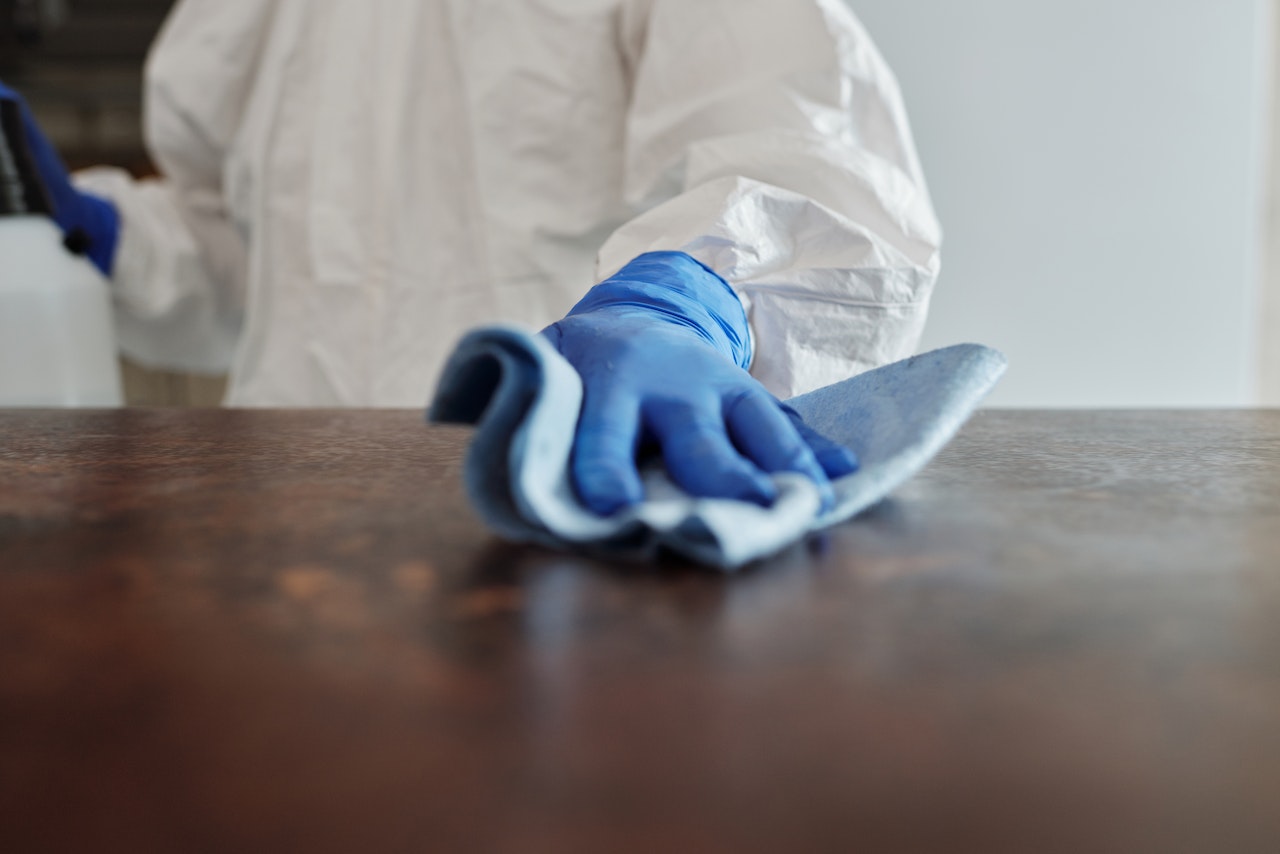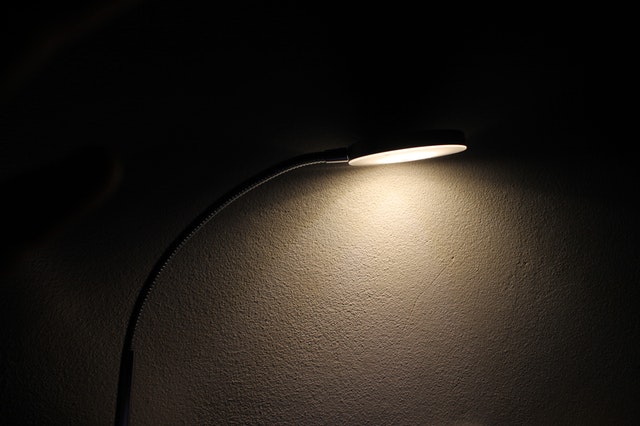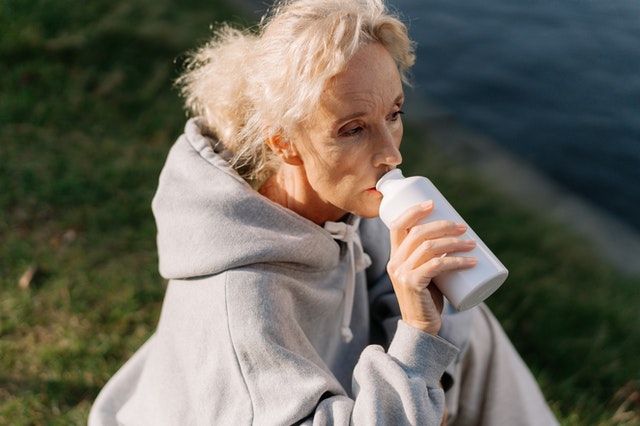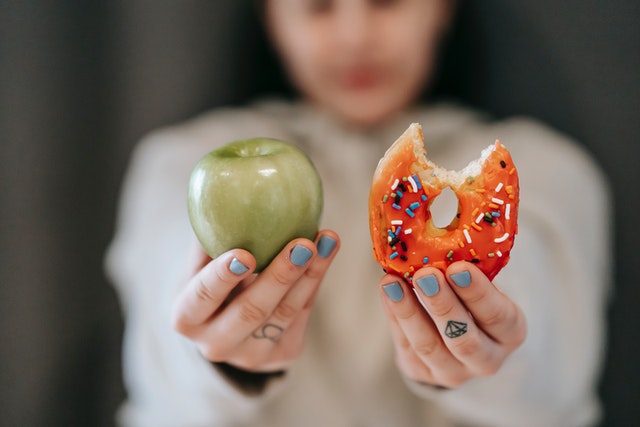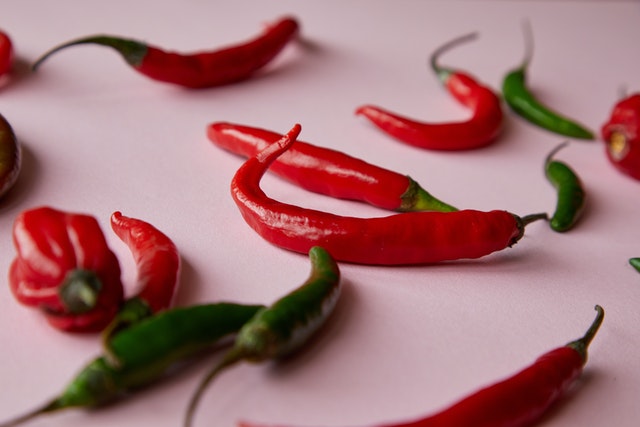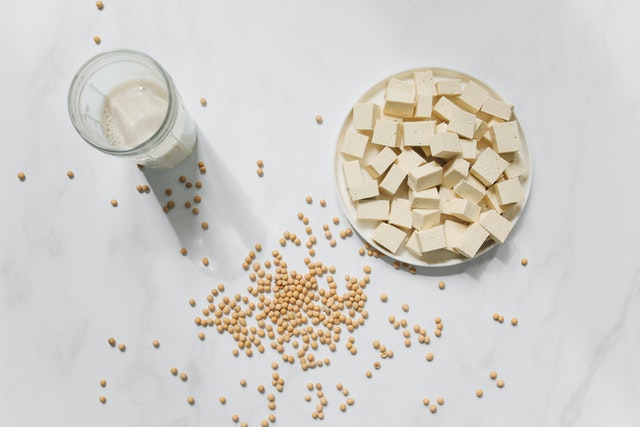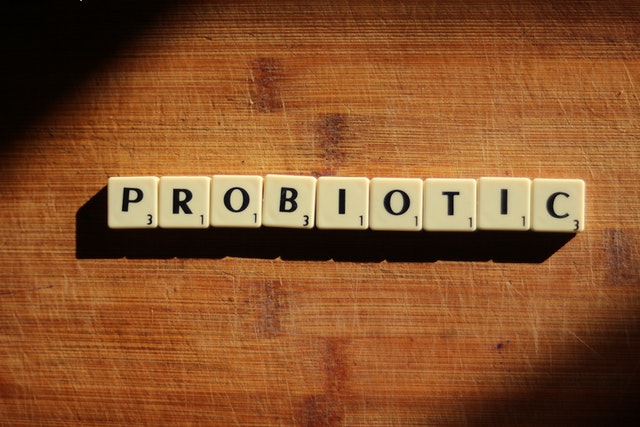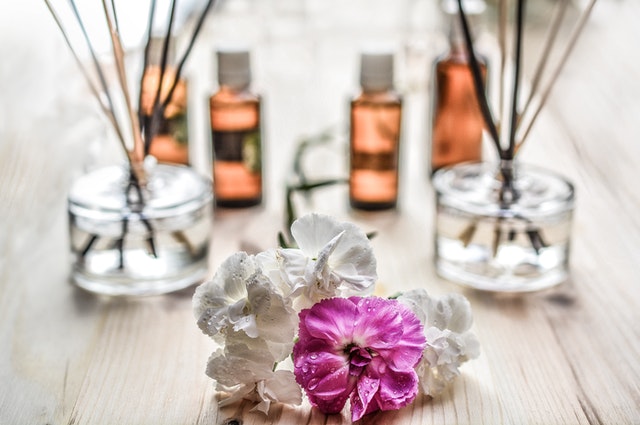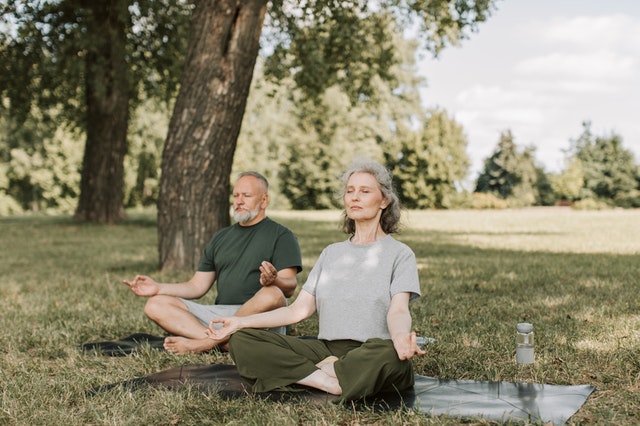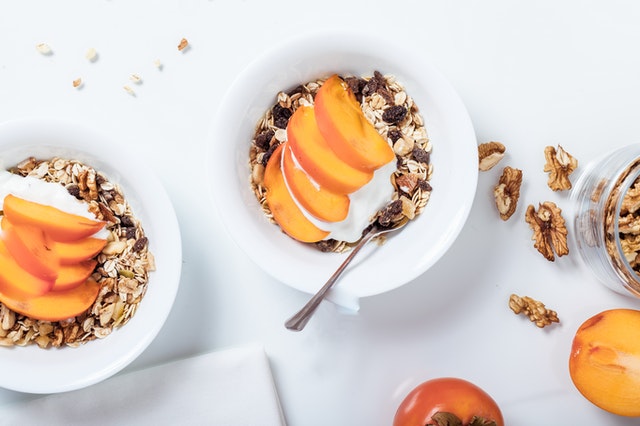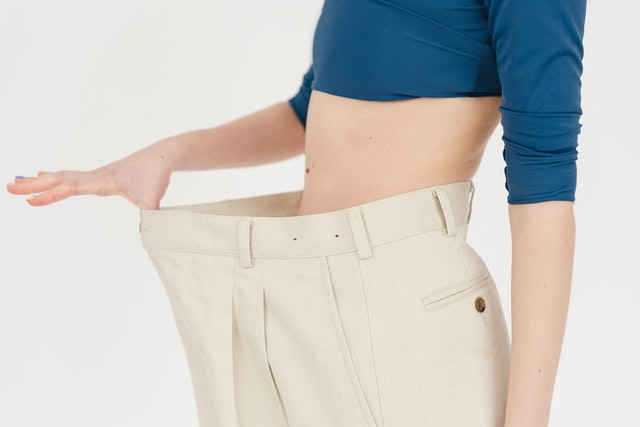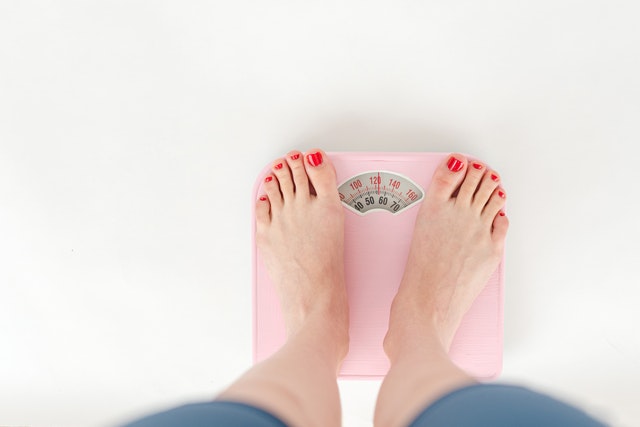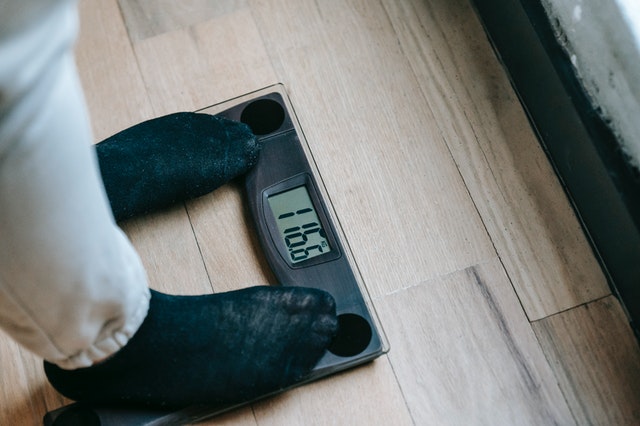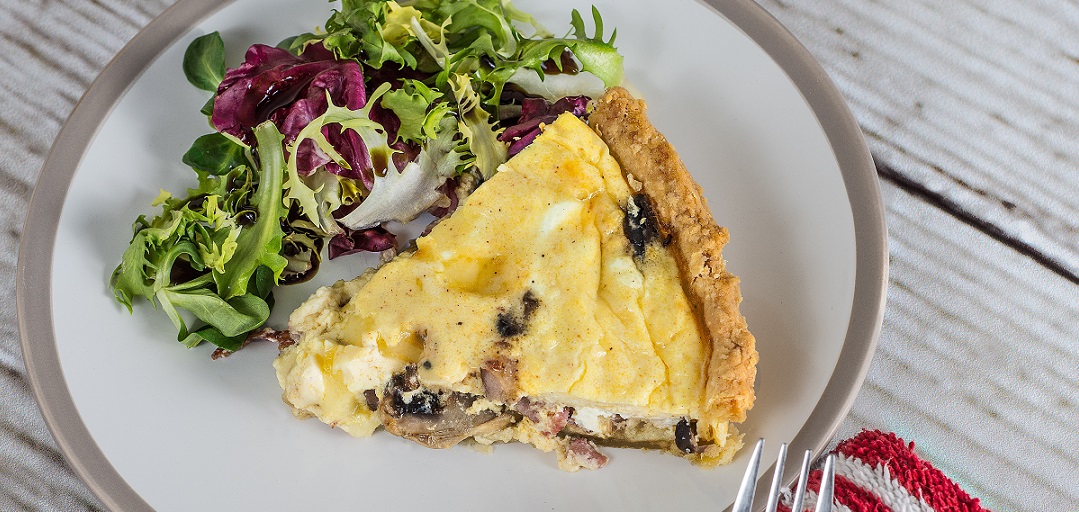I have a couple of cats at home, but I love dogs, too. Sometimes I like to show my love by sharing a treat, such as hard-boiled eggs, turkey or bananas. However, there are many human foods that you should never give a cat or dog. Avoid these six dangerous foods when cuddling with your cat or dog:
1. Caffeine

The reason chocolate is bad for pets is that it contains caffeine. Pets are extremely sensitive to caffeine. It can overload their hearts, kidneys and nervous system, causing high fever, coma or organ failure. Never give dogs, cats, ferrets or other pets any foods with caffeine:
- Chocolate
- Coffee
- Green tea
- Caffeinated beverages
- Energy drinks
If you catch your pet lapping up a little bit of coffee, don’t panic. The small amount of caffeine will probably just make them sick, not seriously ill. On the other hand, chocolate and dark chocolate have a huge amount of caffeine, so you’ll want to call a veterinarian immediately.
2. Grapes and Raisins
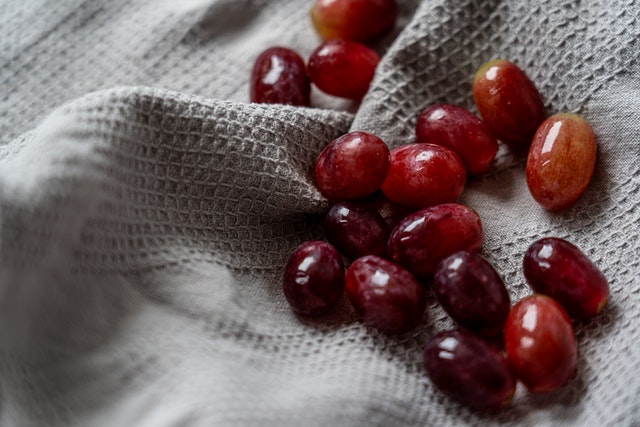
Grapes and raisins may seem perfect for dog treats, but don’t let the small size fool you. Something in grapes causes rapid kidney failure in dogs. Just one or two raisins can be enough to trigger a severe reaction.
Scientists still don’t know what chemical compound is responsible, but it’s very dangerous for all canines. The jury is out on felines, but most vets recommend not giving grapes and raisins to cats just to play it safe.
3. Alcohol

No pet should ever drink any kind of alcohol. Just like with caffeine, animals react much more strongly to alcohol than humans do. This includes beer and wine, too. The small organs in most pets aren’t equipped to deal with intoxication, so their heart rate may slow dangerously or they may lose consciousness. With enough alcohol, even large dogs will stop breathing.
4. Garlic and Onions
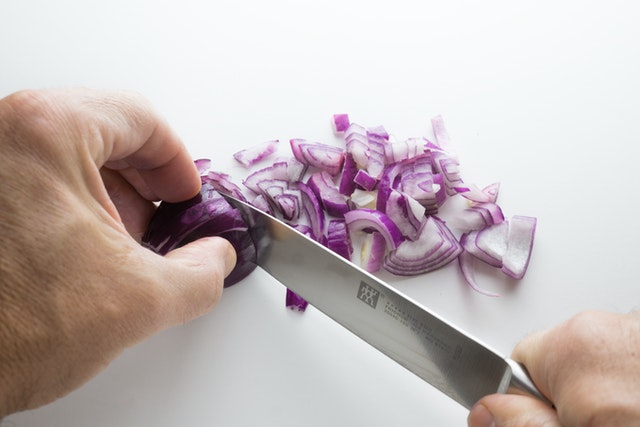
Cats are more sensitive to garlic than dogs, but dogs can still have problems if they eat enough of it. Any part of the onion family (green onions, too) can hurt your pet’s red blood cells, causing anemia and muscle weakness. Garlic powder is especially toxic since it’s a concentrated form.
5. Nuts
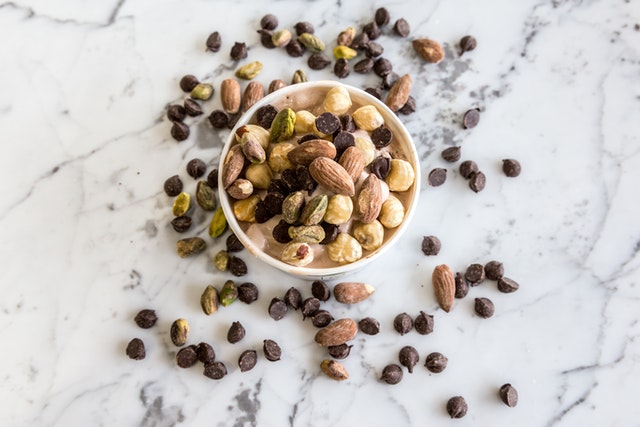
Most nuts are high in specific fats that lead to pancreas inflammation in dogs. Macadamia nuts are the worst for canines, causing shaking, fever and vomiting. You don’t have to panic if your dog just eats a few peanuts or almonds. But if you find them raiding a whole jar of nuts, call the vet immediately.
6. Artificial Sweetener
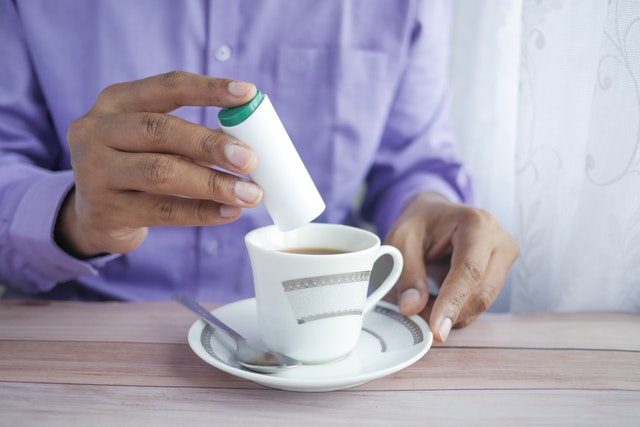
Be careful if you want to give your pet cookies, gum or other packaged sweets. Many of these products contain artificial sweeteners. Even small doses of a sweetener called Xylitol can trigger liver failure in virtually all pets.
How can you tell if your pet has been affected? Dogs and cats experience a strange loss of balance, like they were drunk. They may seem unusually tired or lethargic. Actually, any time a pet acts really strange (except for catnip) I think it’s a good idea to call the vet.
It’s hard to resist giving an affectionate pet treats. Just make sure not to choose any of the items on this list. This can literally save your pet’s life. Go with crunchy carrots and tasty bananas instead.




